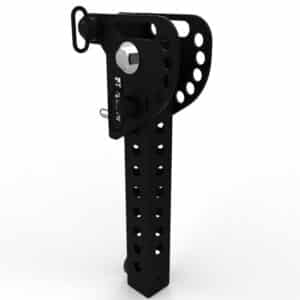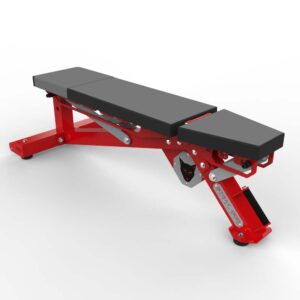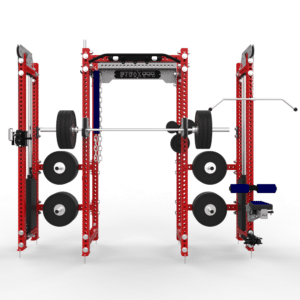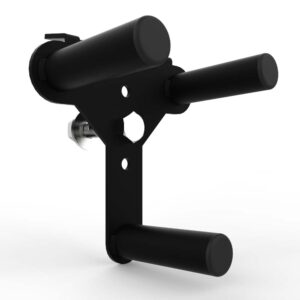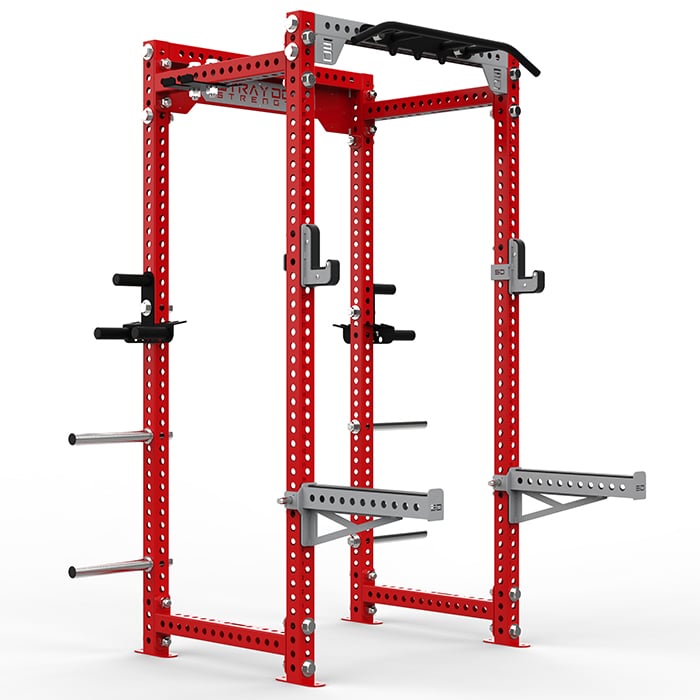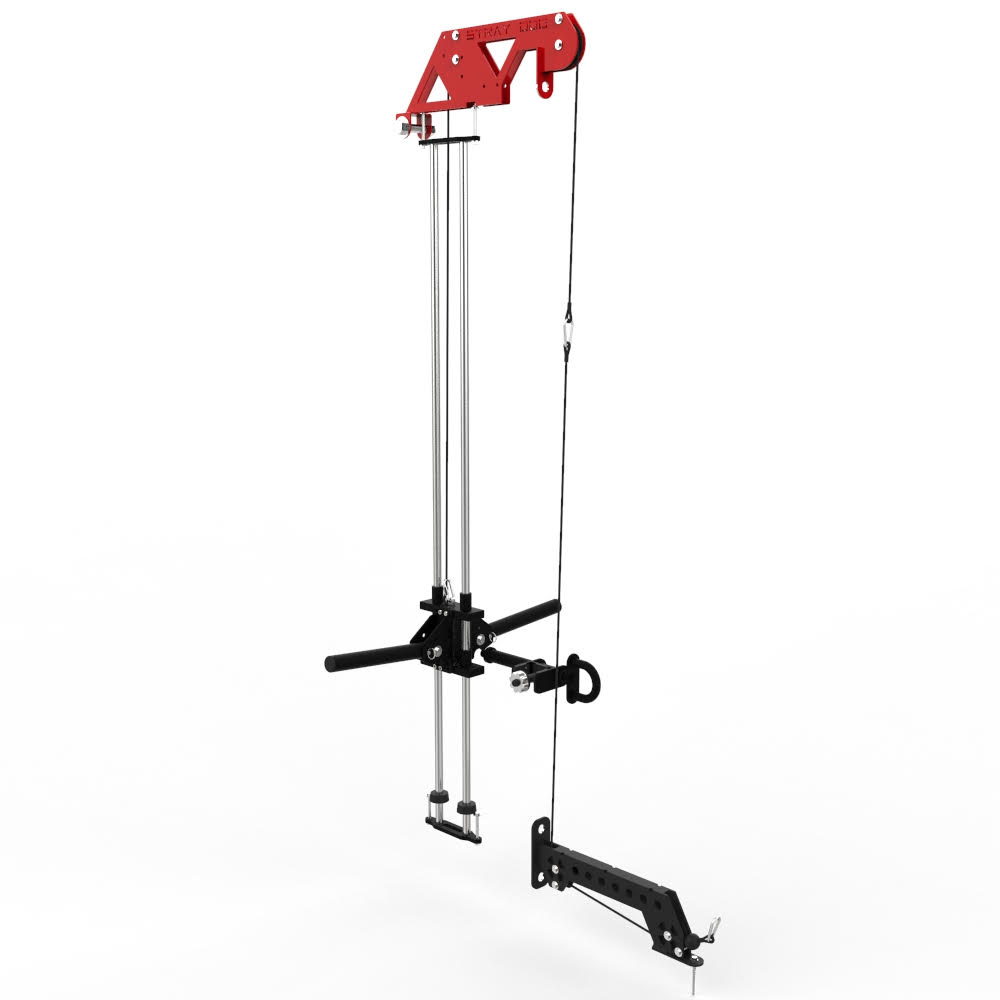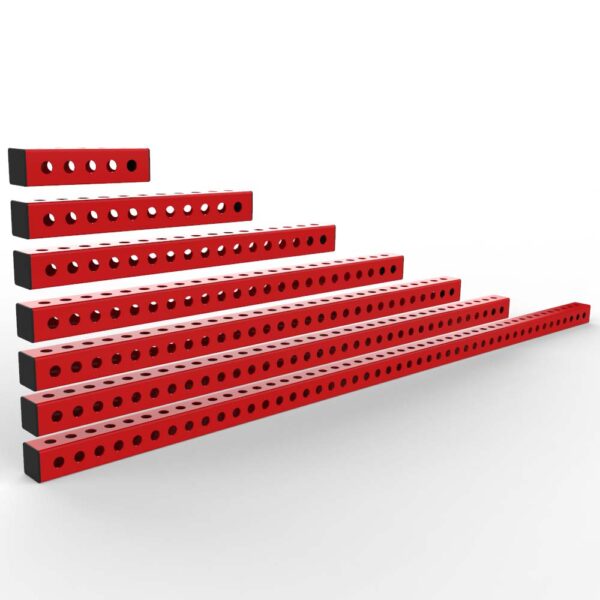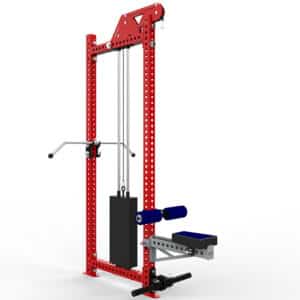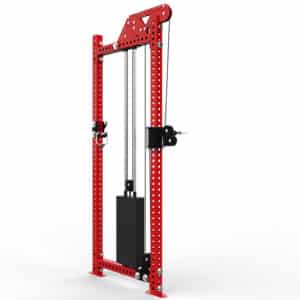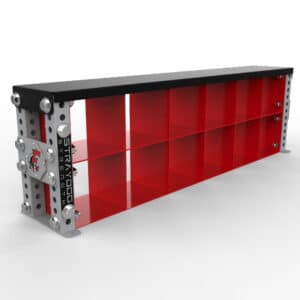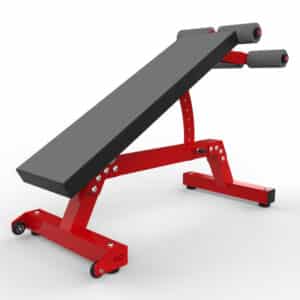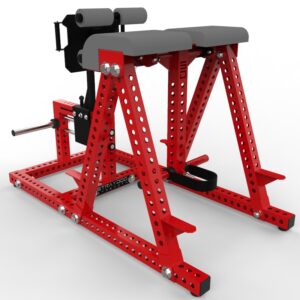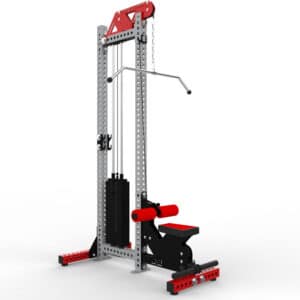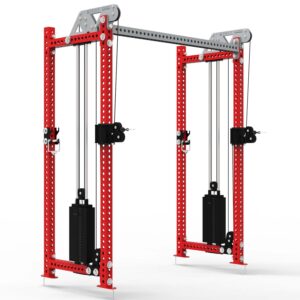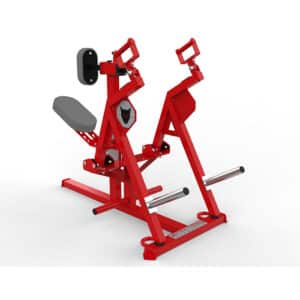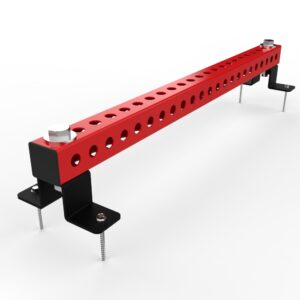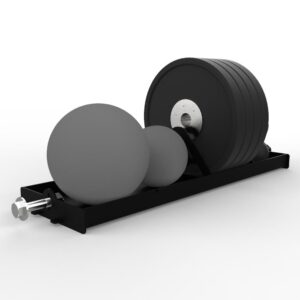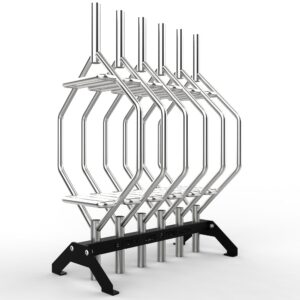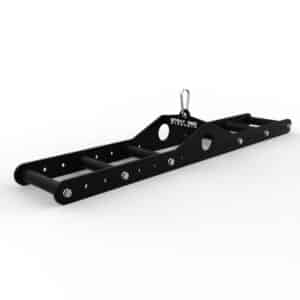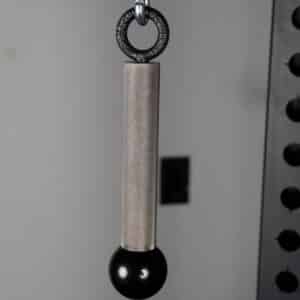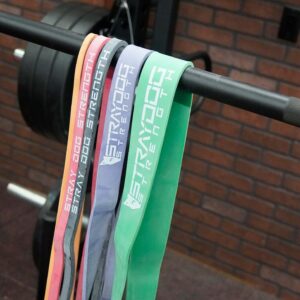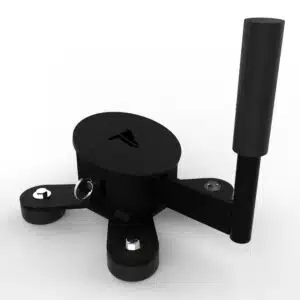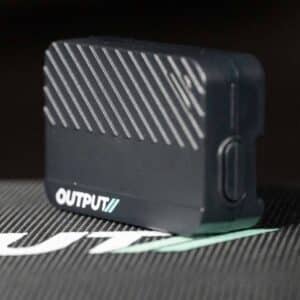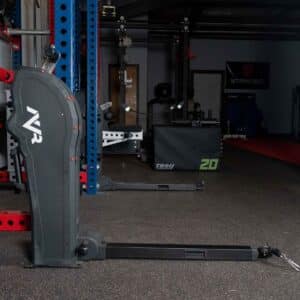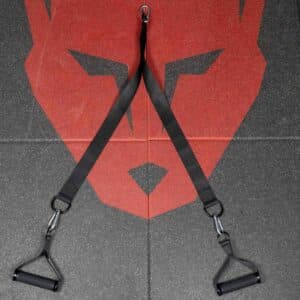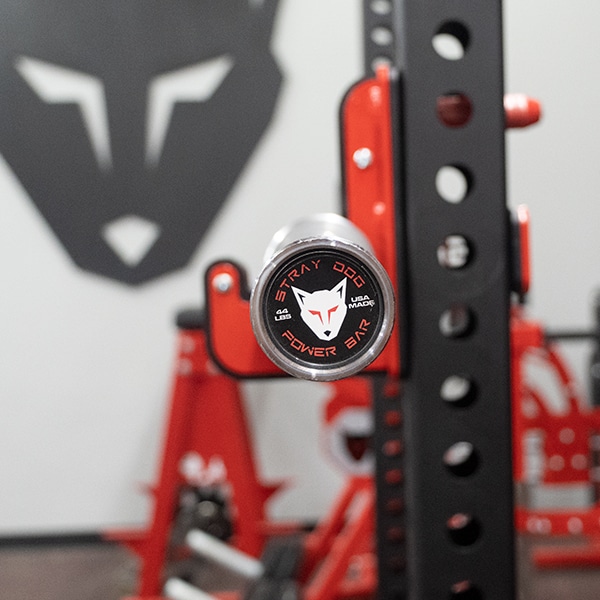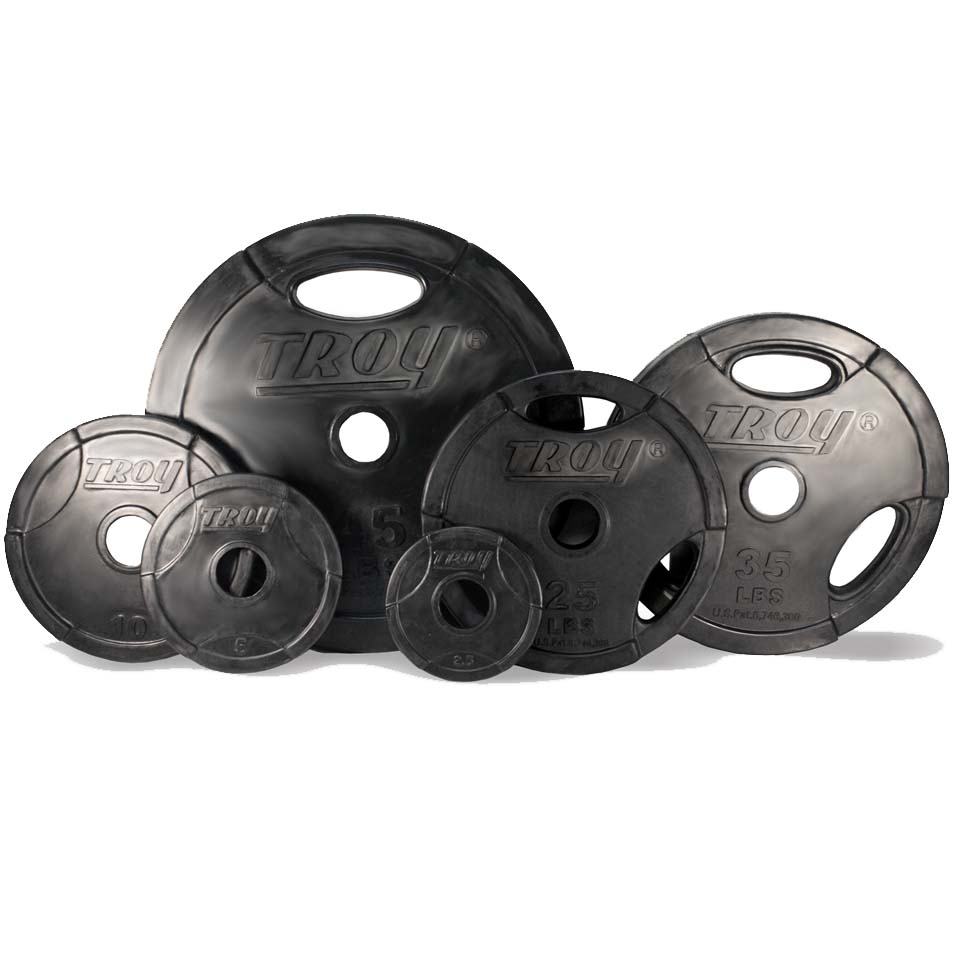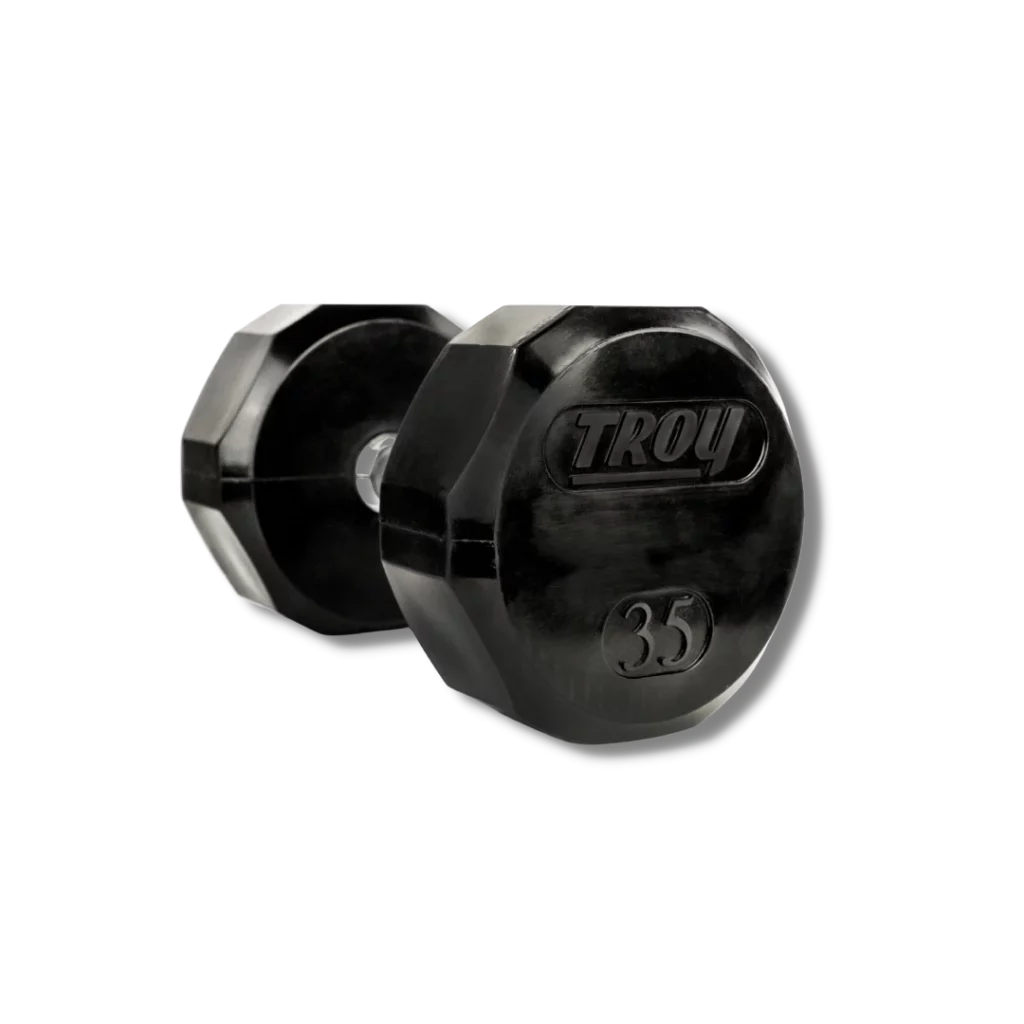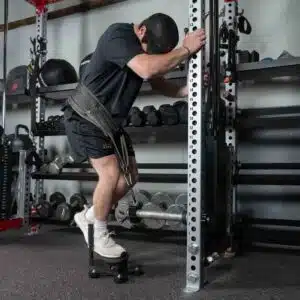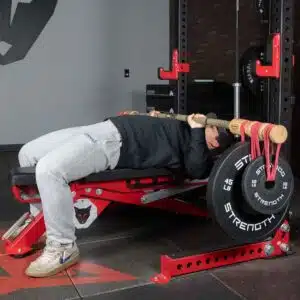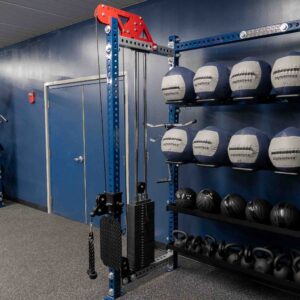SPeed/Sprint training split and novelty in sprinting
Simple split to think about how to organize sprinting as part of your training:
1. Acceleration
2. Max Velocity
Think about this as two ends of the spectrum. Do things that place an emphasis on improving the quality of acceleration. Training the acceleration side of the spectrum would include things like shorter sprints (< 20 yards), sled sprints, hill sprints. Training for maximal velocity would include things like flying 10s, build up sprints, and you could include longer sprints as well (> 20 yards).
You can make both ends of the spectrum “game like,” “constraint based,” involving “perception-action.” But, it’s a good idea to not always involve the perception action cycle. It’s important to just sprint hard sometimes, disregarding environmental factors, to achieve the highest outputs possible. So don’t get sucked into the trap of thinking that you always have to make things constraint based.
All of the following variables that are mentioned in this article can be mixed and matched as much as you want. There are not any limits.
Types of sprints
Race. Just straight up race against a friend/teammate. That’s an obvious one.
Timed sprints, all you need is stopwatch. You can even do this by yourself, you don’t NEED someone to time you.
Chase something/Get chased. Either chase an opponent or chase down a tennis ball and catch it before it bounces for a second time. Or chase down somethings else.
Directional Sprints:Linear vs curvilinear vs Change Of Direction
Linear is obviously running in a straight line. Curvilinear is just running in some sort of arched path. Change of direction is just a sprint that includes 1 or 2 changes of direction either at start, middle, or the end.
Different Starts:
On you vs on a command.
Starting on your own is something you kind of have to do if you are by yourself. On a command can be a start on some sort of visual cue, audio cue, touch cue or making some sort of a read telling you when to begin your sprint.
Static start vs dynamic start:
Static start can be a start from literally any position (stomach, split stance, lunge stance etc.) Dynamic start can be a walking, jog, backpedal, shuffle, or somersault into a sprint.
Constraints:
Distance, carrying something, catching something, avoiding obstacles (hurdle, bag, human body etc.)

